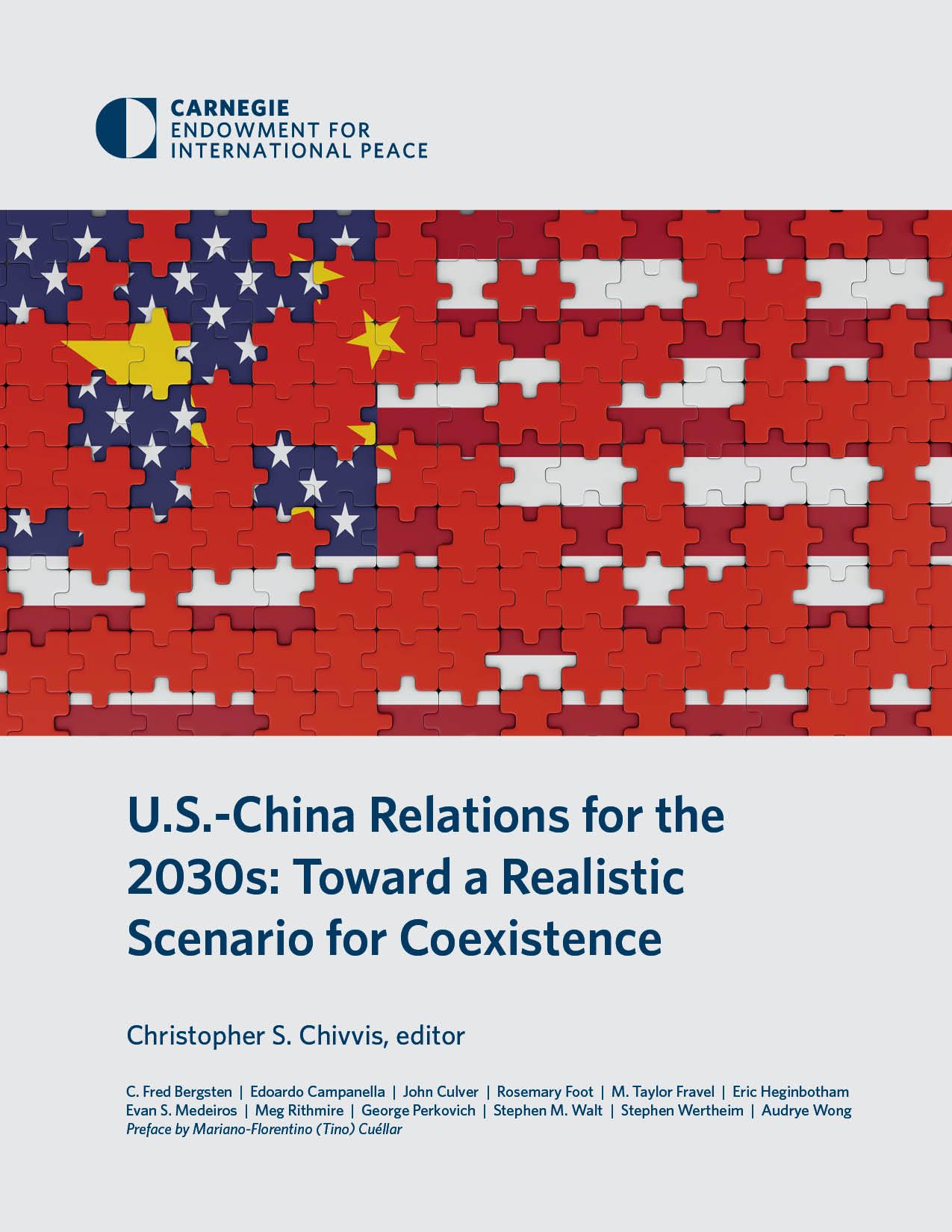Report on Allegations of Intimate Partner Violence and Sustainable Development Goal Implications
Case Summary and Background
This report examines historical allegations of intimate partner violence involving prominent Indian film industry figures, Salman Khan and Aishwarya Rai. The case provides a framework for discussing critical challenges related to several United Nations Sustainable Development Goals (SDGs).
- The subjects, Salman Khan and Aishwarya Rai, were reportedly in a relationship that ended amidst public controversy.
- Following the separation, allegations of abuse were made public by Ms. Rai.
- Mr. Khan subsequently denied the allegations of physical violence.
Analysis in the Context of SDG 5: Gender Equality
The allegations directly pertain to the objectives of SDG 5, which aims to achieve gender equality and empower all women and girls. Specifically, the case highlights violations of Target 5.2: “Eliminate all forms of violence against all women and girls in the public and private spheres.”
- Allegations of Multi-Faceted Abuse: In a 2002 interview, Ms. Rai stated she was a recipient of “abuse – verbal, physical and emotional, infidelity, and indignity.” This aligns with the forms of violence SDG 5 seeks to eliminate.
- Endurance and Self-Respect: Ms. Rai’s statement, “like any other self-respecting woman, I ended my relationship with him,” underscores the personal agency required to escape abusive situations, a central tenet of female empowerment under SDG 5.
Linkage to SDG 3: Good Health and Well-being
The reported circumstances surrounding the relationship intersect with SDG 3, which seeks to ensure healthy lives and promote well-being for all. The impact on both physical and mental health is a key concern.
- Substance Abuse as a Factor: The allegations reference “alcoholic misbehaviour in its worst phases,” pointing to challenges addressed by SDG Target 3.5, which focuses on strengthening the prevention and treatment of substance abuse.
- Impact on Mental and Physical Health: The alleged experience of verbal, physical, and emotional abuse constitutes a significant threat to an individual’s health and well-being, a core focus of SDG 3. Ms. Rai noted that Mr. Khan “caused physical injuries to himself when I refused to take his calls,” indicating a volatile environment detrimental to mental health.
Relevance to SDG 16: Peace, Justice, and Strong Institutions
This case touches upon themes of justice, accountability, and the societal response to violence, which are central to SDG 16: “Promote peaceful and inclusive societies for sustainable development, provide access to justice for all and build effective, accountable and inclusive institutions.”
- Contrasting Accounts and Justice: The conflicting narratives present a challenge to achieving justice and accountability.
- The Accusation: Ms. Rai alleged she was subjected to abuse and harassment.
- The Denial: Mr. Khan refuted the claim of physical assault, stating, “if I hit somebody… I’m going to give her my best shot. I don’t think she’ll survive it. So no, it’s not true.”
- Public Figures and Accountability: High-profile cases of alleged violence test the principle of equal access to justice and accountability for all individuals, regardless of their public status, which is fundamental to building peaceful and just societies under SDG 16.
1. Which SDGs are addressed or connected to the issues highlighted in the article?
SDG 5: Gender Equality
- The article’s core subject is the allegation of violence against a woman by her former intimate partner. Aishwarya Rai’s statement describes enduring “abuse – verbal, physical and emotional,” which is a primary concern of SDG 5, specifically in its aim to end all forms of violence against women and girls.
SDG 3: Good Health and Well-being
- The article touches upon health and well-being through the mention of the consequences of the alleged abuse. The claims of “physical injuries” directly relate to physical health, while the “emotional” abuse and “indignity” she endured pertain to mental health and well-being, a key component of SDG 3.
SDG 16: Peace, Justice and Strong Institutions
- This goal aims to promote peaceful societies, which includes the reduction of all forms of violence. The allegations of “physical abuse” and Salman having “caused physical injuries” are examples of the types of violence that SDG 16 seeks to significantly reduce everywhere.
2. What specific targets under those SDGs can be identified based on the article’s content?
Target 5.2: Eliminate all forms of violence against all women and girls in the public and private spheres.
- The article directly relates to this target. Aishwarya Rai’s allegations describe violence within a private, intimate relationship. Her statement, “I was at the receiving end of his abuse – verbal, physical and emotional,” details the exact forms of violence this target aims to eliminate.
Target 3.4: Promote mental health and well-being.
- The article implies a connection to this target through the description of non-physical harm. The mention of “emotional” abuse, “infidelity, and indignity” highlights the severe impact on a person’s mental and emotional well-being, which this target seeks to promote and protect.
Target 16.1: Significantly reduce all forms of violence and related death rates everywhere.
- This target is relevant due to the specific mention of physical violence. The claims that Salman “hounded me and caused physical injuries” are a direct example of the violence that this target aims to reduce.
3. Are there any indicators mentioned or implied in the article that can be used to measure progress towards the identified targets?
The article does not provide statistical data but implies the types of events that are measured by official SDG indicators. The indicators are therefore qualitative and based on the nature of the allegations.
Implied Indicator for Target 5.2
- Prevalence of intimate partner violence (physical, verbal, emotional): The entire narrative is a qualitative account of intimate partner violence. Aishwarya’s statement, “I was at the receiving end of his abuse – verbal, physical and emotional,” serves as an anecdotal data point for the indicator that measures the proportion of women subjected to violence by a current or former intimate partner.
Implied Indicator for Target 3.4
- Incidence of emotional and psychological distress due to abuse: The article’s reference to “emotional” abuse and “indignity” points to the psychological impact on an individual. This implies an indicator related to measuring the state of mental well-being in populations, particularly among survivors of abuse.
Implied Indicator for Target 16.1
- Proportion of the population subjected to physical violence: The specific mention of “physical injuries” is a direct, though non-statistical, reference to an occurrence of physical violence. This aligns with indicators that track the percentage of people who have experienced physical violence.
4. Table of SDGs, Targets, and Indicators
| SDGs | Targets | Indicators (Identified or Implied in the Article) |
|---|---|---|
| SDG 5: Gender Equality | Target 5.2: Eliminate all forms of violence against all women and girls. | Reports and prevalence of intimate partner violence, specifically the types mentioned: “verbal, physical and emotional” abuse. |
| SDG 3: Good Health and Well-being | Target 3.4: Promote mental health and well-being. | Incidence of physical harm (“physical injuries”) and impact on mental health from “emotional” abuse and “indignity.” |
| SDG 16: Peace, Justice and Strong Institutions | Target 16.1: Significantly reduce all forms of violence. | Occurrences of physical violence, as exemplified by the allegation that Salman “caused physical injuries.” |
Source: ndtv.com







